The Cross Platform App Development Framework Market is currently characterized by a dynamic competitive landscape, driven by rapid technological advancements and increasing demand for efficient app development solutions. Major players such as Microsoft (US), Google (US), and Facebook (US) are strategically positioned to leverage their extensive resources and expertise in software development. Microsoft (US) focuses on integrating its frameworks with cloud services, enhancing scalability and performance, while Google (US) emphasizes innovation through its Flutter framework, which is gaining traction for its ability to create natively compiled applications. Facebook (US), on the other hand, continues to invest in React Native, promoting its use for cross-platform applications, thereby solidifying its market presence. Collectively, these strategies indicate a trend towards enhancing user experience and operational efficiency, shaping a competitive environment that prioritizes technological advancement.
In terms of business tactics, companies are increasingly localizing their operations and optimizing supply chains to respond to regional market demands. The market structure appears moderately fragmented, with a mix of established players and emerging startups. This fragmentation allows for diverse offerings, yet the influence of key players remains substantial, as they set industry standards and drive innovation. The collective actions of these companies suggest a concerted effort to not only capture market share but also to redefine the parameters of competition within the sector.
In August 2025, Microsoft (US) announced the launch of a new suite of tools designed to enhance the integration of its Azure cloud services with cross-platform app development frameworks. This strategic move is significant as it positions Microsoft to capitalize on the growing trend of cloud-based solutions, potentially attracting a broader customer base seeking seamless integration and enhanced functionality. The emphasis on cloud services aligns with the industry's shift towards more scalable and efficient development processes.
In September 2025, Google (US) unveiled a major update to its Flutter framework, introducing features that significantly improve performance and user interface design capabilities. This update is crucial as it not only enhances the framework's appeal to developers but also reinforces Google's commitment to maintaining its competitive edge in the market. By continuously innovating, Google (US) is likely to strengthen its position against rivals, fostering greater adoption of its tools in the developer community.
In October 2025, Facebook (US) revealed a partnership with several educational institutions to promote the use of React Native in academic curricula. This initiative is strategically important as it aims to cultivate a new generation of developers skilled in their framework, thereby ensuring long-term loyalty and adoption. By embedding its technology in educational programs, Facebook (US) is likely to secure a competitive advantage in the talent market, which is essential for sustaining innovation and growth.
As of October 2025, the competitive trends within the Cross Platform App Development Framework Market are increasingly defined by digitalization, sustainability, and the integration of artificial intelligence. Strategic alliances are becoming more prevalent, as companies recognize the value of collaboration in enhancing their technological capabilities. Looking ahead, it appears that competitive differentiation will evolve from traditional price-based strategies to a focus on innovation, technological advancement, and supply chain reliability. This shift suggests that companies will need to invest in research and development to stay ahead in a rapidly changing landscape.


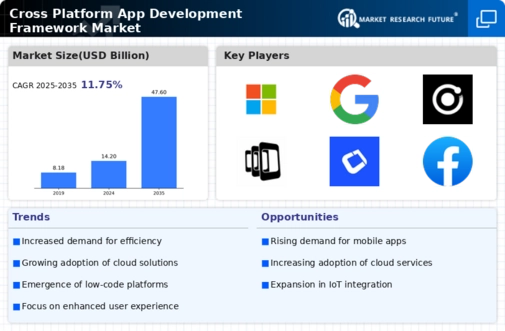
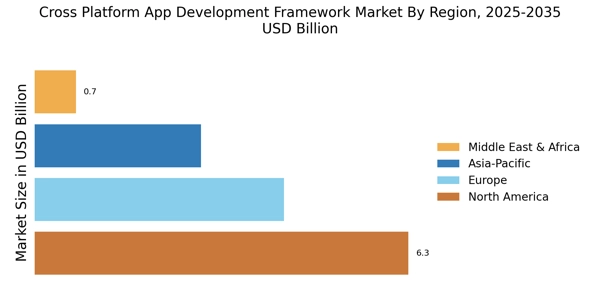
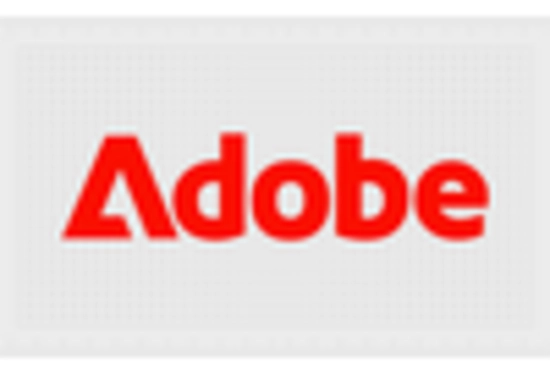


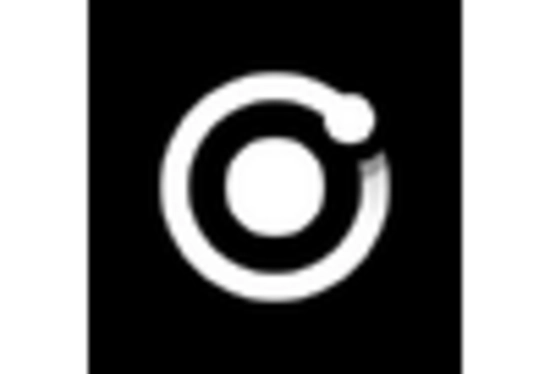

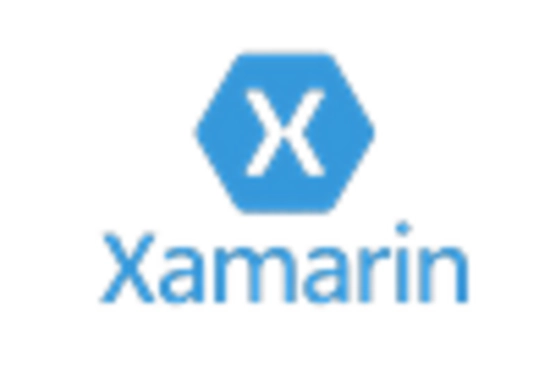








Leave a Comment